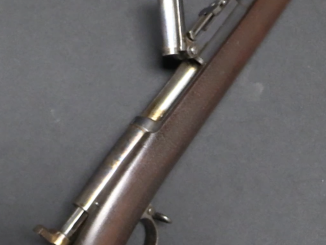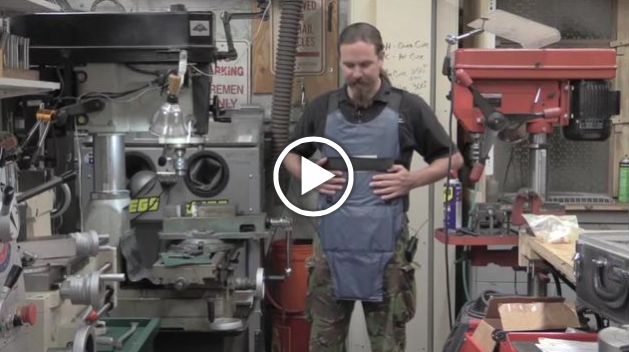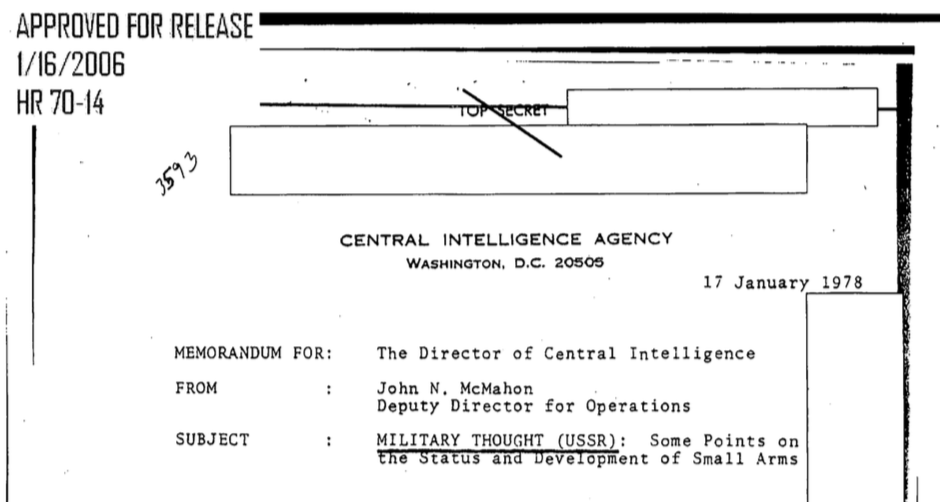Amos Rogers and Julius Spencer ran a company making mostly farm equipment in the 1840s and 1850s. In 1859, they took on a firearms manufacturing contract (as mechanical fabrication companies often do) to make Pettengill revolvers. The Pettengill was not a fantastic design, but it was good enough that after the Civil War broke out, the Union gave Rogers & Spencer a contract to make 5,000 of them and also 25,000 standard muskets. The musket production went well, although the revolvers had problems – more due to the design than any fault of the manufacturers.
By the summer of 1864, Rogers and Spencer had decided to try their own hand at revolver design. Using the experience gained from the Pettengill, they came up with a .44 caliber single action Army type revolver very similar to the Freeman, and in November 1864 got a contract to make 5,000 of them for the Army. Deliveries began with 500 in January of 1865 and a further 500 each month until the contract concluded successfully. Naturally, being a well-designed and effectively manufactured gun, they were too late to actually see combat service in the war.
Instead, all of the Rogers & Spencer revolvers were put into storage, where they stayed until 1901. At that point they were finally old as surplus. The entire lot of 4,982 (eighteen having gone mine over the intervening 4 decades) was purchased by Francis Bannerman for jut over 25 cents each, and then listed for sale in his catalog at $3.85.




Ian- Go visit Bannerman’s Castle in Newburgh, NY while it’s still standing. You have to do it by tour, and do it on a clear day. Bring your video equipment!
FYI Bannerman Island in in Cold Spring NY. Newburgh is further north and on the West Bank of the Hudson River. Grew up near and we used to explore those ruins back in the 70s.
The tour boat for Bannerman’s leaves from the dock in Newburgh. Very much worthwhile doing the trip.
Yepz, Government at its finest. I loved my .44 Army and .36 Navy revolvers many years ago. I wish I still had them. Trying to get them again for our family collection.
The Civil War really had some interesting firearms come out of it some good, some…interesting.
Thank you for such great articles on incredible (and interesting!) firearms in history that moved the industry forward for the most part to our current and future firearms. Thank you for doing this in thorough and thoughtful history, use and function of the firearms you review. Take care and be safe my friend.
thank you I had no idea such weapon even existed, in fact if it were not for the title I would have thought this was some Remington knockoff. Thanks for opening a whole new item area of inquiry for me, who has been studying this subject most of my adult life.
“(…)(eighteen having gone mine over the intervening 4 decades)(…)”
I do not understand that, did author become owner of said 18 examples?
Just a typo- it should have said “missing”.
The Pettingill revolver’s flaw was that its double-action-only mechanism was largely copied from the French Mariette patent pepperbox. It was simply too delicate for service use, a problem that also affected the Savage-North double-trigger revolver.
The Freeman design was in its turn very close to the Colt “Root” revolver patent. But from the front of the cylinder frame forward, the Rogers & Spencer was a direct copy of the Pettingill, as can be seen if you compare the articulated rammers on the two designs.
cheers
eon
Feinwerkbau History No 2 replica
Can you clarify the “contract for 25,000 standard muskets”?
These do not mesh with any I am familiar with.
What model, what maker markings, and how many were actually delivered?
Keep up the good work.
If you pursue a Bannerman episode, there is the excellent hour long video done a couple of years ago. Many of the surviving Bannerman records are at the Hagley Museum in Wilmington, Delaware.
See Civil War Guns, William B. Edwards, Stackpole 1962, pp. 54-55, 274-277.
Rogers & Spencer contracted to make 25,000 Springfield Model 1861 rifle muskets in May 1861. None were ever built or delivered, and the subsequent contract for the 5,000 revolvers may have been Hagner’s way of making up for his treatment of the partners on the rifle-musket contract, since by 1865 they were no longer really needed.
cheers
eon
standard muskets??? By 1861 their were no muskets!!! Rifles, yes!!!
“(…)no muskets!!! Rifles, yes!!!”
Springfield Model 1861 is described as Rifled Musket e.g. by https://www.militaryfactory.com/smallarms/detail.php?smallarms_id=153
The Ruger Old Army takes down very similarly to the Rogers and Spencer revolver. Neat revolver. I hear the R and S’s shoot well.
I have an original Rogers and Spencer. It’s a little beat up, it obviously saw quite a bit of use before I got it, I replaced a few internal parts and it works just fine and is as strong as an ox. One of my favourites.